(Part of a series: Read part one of this series here)
16 Mini hatch, Clubman, five-door (above)
The new Mini hatchback (in One, Cooper and Cooper S forms) went on sale a couple of months ago, but supply has been tight thanks to a manufacturing glitch at the factory so it’s best to consider them as
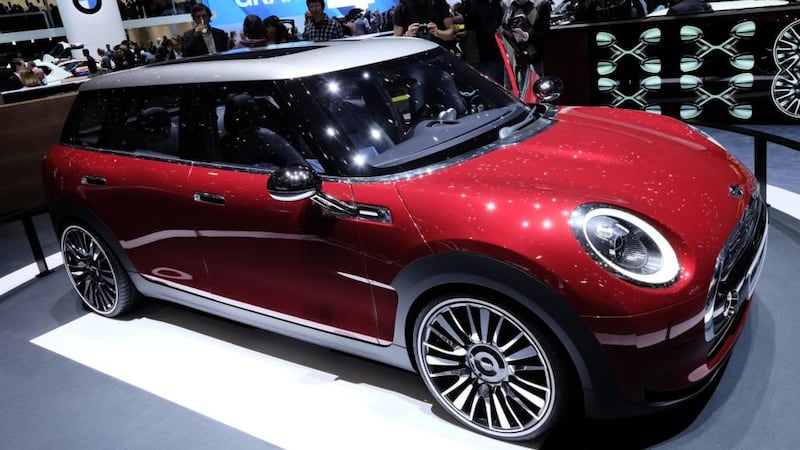
142-plate launches. The styling is a little overegged but they’re terrific to drive, have a much higher quality interior and a bit more cabin and boot space.
The new Clubman estate should debut before year’s end, too, and is apparently seriously spacious: room for four full-size passengers and a proper boot, plus conventional doors instead of the current Clubman’s “Clubdoor” arrangement. The first five-door Mini hatch will also be queuing up behind the Clubman towards the end of the year.
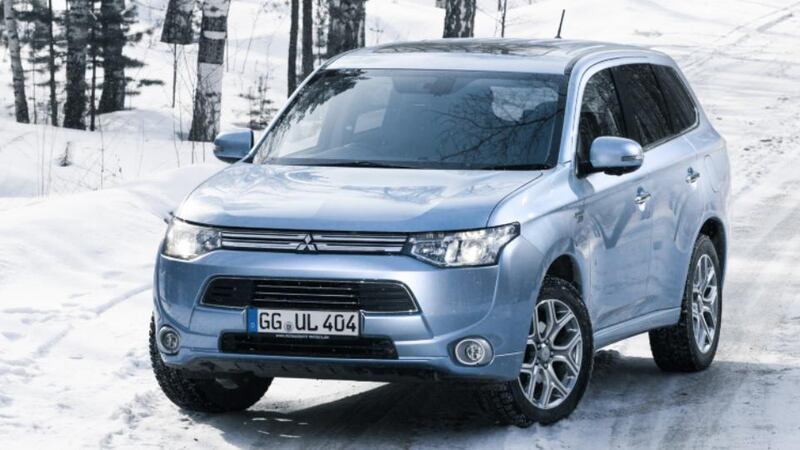
17 Mitsubishi Outlander PHEV
This is an interesting one. Mitsubishi has always been ahead of the curve when it comes to electric vehicles, and the Outlander could be the most sensible battery (okay, part-battery) cars yet. It combines a 2.0-litre petrol engine with a plug-in hybrid module that should give enough full-charged range to do most short daily trips without troubling the fuel tank. Mitsubishi claims 40-odd-g/km of CO2 and better than 160mpg.
The best bit? It’s barely any more expensive than the standard 2.2-litre diesel version, once you allow for the SEAI grant and the Vehicle Registration Tax rebate.
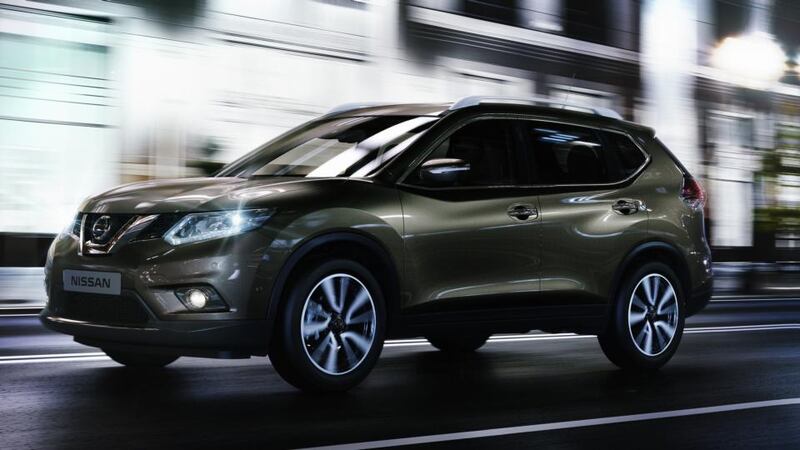
18 Nissan Pulsar, X-Trial, Juke
Nissan is at last returning to the Golf segment with the all-new Pulsar. It may look conventional, but it’s riding on the same versatile platform as the much-loved Qashqai, has a spacious interior, and lots of high-end safety and infotainment options. Can the Qashqai’s popularity be leveraged into beating the Golf, Focus and Astra at their own game?
Also related to the Qashqai is the new X-Trail. Out goes the blocky, rugged styling of old in favour of something much more slick and sophisticated. Seven seats as standard (it effectively replaces the old Qashqai +2) and a frugal 1.6 diesel engine.
Nissan’s oddball-style Juke crossover also gets an update this year, with new engines (a 1.2 petrol turbo replaces the old 1.6) and an updated interior.
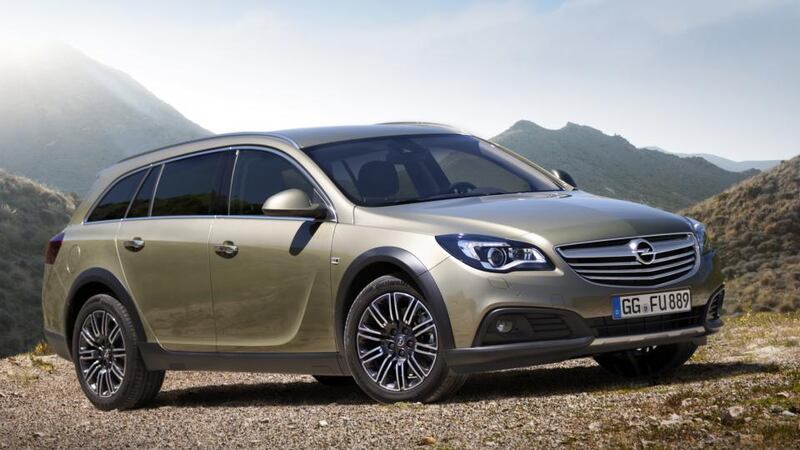
19 Opel Adam S & Rocks, Insignia Country Tourer, Corsa
Aside from new models, this is the year Opel finally gets its act together on the diesel front, with the ancient 1.7 CDTI replaced by the impressive new 1.6 diesel. You’ll see it in various Astra, Insignia and Meriva models this year.
The dinky little Adam will expand its range, too, with a sporting 1.4 turbo S version to take on the Mini Cooper, while the Adam Rocks uses stick-on plastic panels to give it a faux SUV look.
The Insignia Country Tourer, which has just gone on sale, gets similar SUV stick-on style, but backs it up with proper 4x4 hardware (optional) underneath and is a more affordable rival to the likes of the Audi A4 Allroad.
Most crucial is the all-new Corsa, which will be revealed before the end of the year. This will not only have to take on the hordes of mainstream rivals but will also need a sprinkling of premium-badge magic if it’s to make a serious impact for Opel.
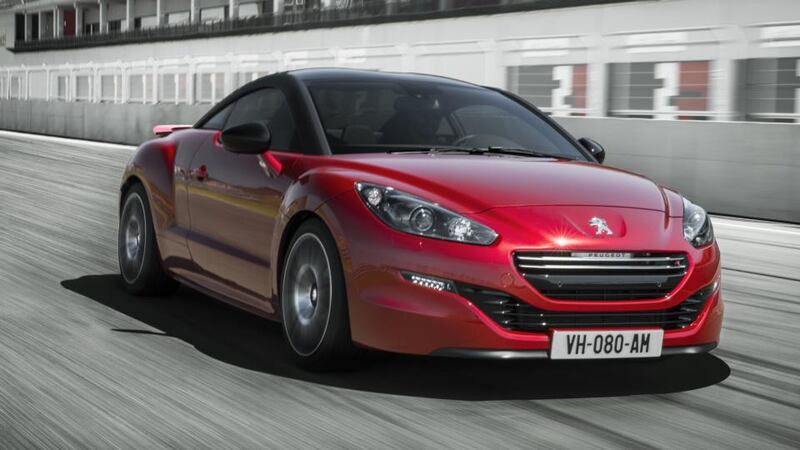
20 Peugeot 308SW, RCZ-R, 108, 508
Launching in July is the new 308SW, the estate version of the 308 hatch, winner of the European Car of the Year. It’s a far better family car than the hatch, with a big boot and a much better rear seat space. It’s also handsome and pretty good to drive.
The RCZ-R is a hotter version of the low-slung RCZ coupe, with its 1.6-litre turbo engine tweaked up to 270hp and a muscular body kit to match. Small sales, certainly, but proof that Peugeot is keen on grabbing back its drivers’ car crown.
The new 108 is Peugeot’s smallest car, and once again it’s a clone of the Citroen C1 and Toyota Aygo. It’ll be more frugal than before and a little more upmarket to take on the VW Up. 0Finally, the big 508 saloon and (underrated) estate gets an update this year, with revised exterior styling and new BlueHDI diesel engines.
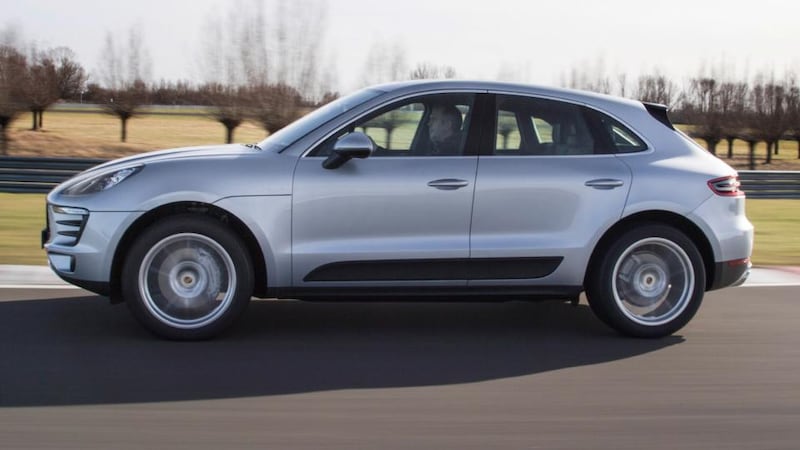
21 Porsche Macan, 911 Targa, Boxster & Cayman GTS
Porsche is about to make some serious inroads into the volume market. Its new Macan may be merely a rebodied, tweaked Audi Q5, but it is already getting serious praise for its styling, performance and handling – and it looks set to break sales of 50,000 worldwide in its first year.
Those are serious numbers for a car maker that was once selling a total of only 100,000 cars every year. Say what you like about posh SUVs, this is one Chelsea Tractor everyone’s going to want.
More traditional is the new convertible Targa version of the 911, with a trick roof mechanism and some throwback 1970s styling.
The lighter, faster, harder GTS versions of the Cayman and Boxster are there to remind us that for all its SUV success, Porsche is a maker of dynamite sports cars at heart.
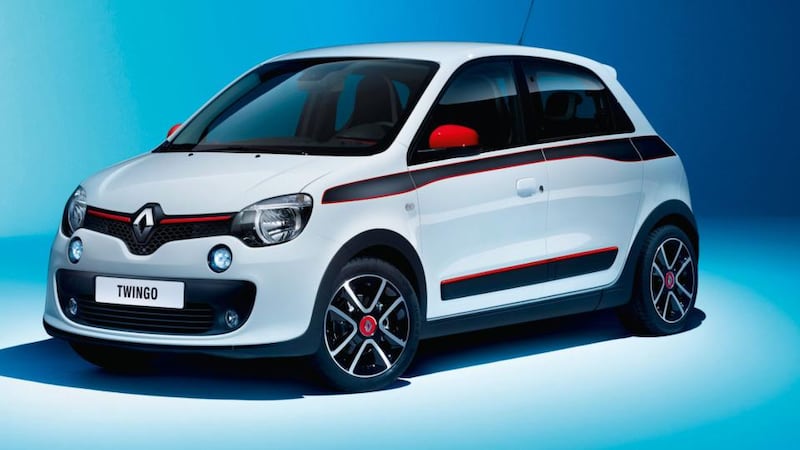
22 Renault Twingo, Qashqai spinoff
The star car of this year’s Geneva show is not yet officially confirmed to come to Irish shores. The Renault Twingo has always been a minority player in Ireland (the groundbreaking original model was never sold here at all) but it would be a shame if Irish buyers were to miss out on a cute, spacious and fun small car with rear-wheel drive and its engine in the back. The time to start lobbying your car dealer is now.
Renault will launch its new Espace MPV later this year, but it won’t be made in right-hand drive. But fear not: waiting in the wings is its first crossover (we don’t count the awful Koleos) in the shape of an all-new car spun off from the Nissan Qashqai chassis. Renault has told us to expect sharp handling, practicality and sexy styling.
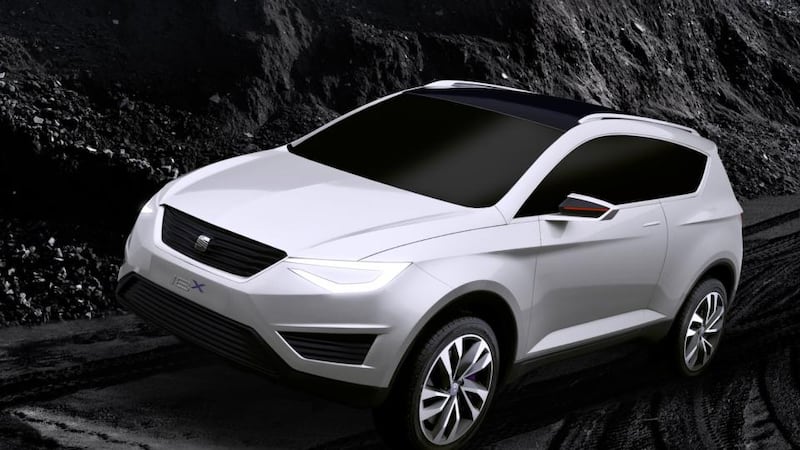
23 Seat SUV, Leon ST X-Perience
Seat needs to get an SUV model to the market, and fast, if it is to make some hay while the public affection for such models shines. At last, then, a proper Seat 4x4 will be revealed before the end of this year, possibly badged as Tribu.
Also coming along before 2015 is the Leon ST X-Perience, a jacked-up Allroad-style version of the impressive Leon ST estate, with standard four-wheel drive and extra ground clearance. Perfect for rural dwellers.
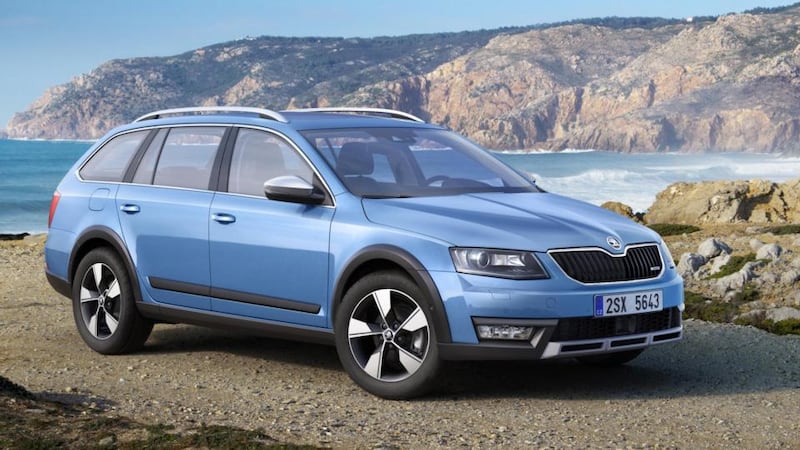
24 Skoda Octavia Scout, Citigo Monte Carlo
The new Fabia hatchback will be revealed this year, but it won’t go on sale until 2015. For a 142 registration we’ll have to satisfy ourselves with the Scout version of the Octavia Combi – plastic padding makes it look like a rough, tough 4x4, Haldex four-wheel-drive underneath – and some sporty-ish Monte Carlo versions of other Skoda models, including the diminutive Citigo and Rapid Spaceback. A posh Laurin & Klement version of the vast Superb has also just been launched, for those with a fetish for dark brown leather.

25 Subaru Impreza, Legacy
Subaru has had a mixed time of it lately. Its brilliant BRZ coupe was overshadowed by its Toyota GT86 twin, and the good work done on the updated Forester was undone by a disappointing new Legacy Outback. Still, one of Subaru’s most iconic names could be due for a comeback later this year. The all-new Impreza has already been launched to solid reviews in the US, and in the UK there will be a limited supply of the new Impreza Turbo STI – a blue-and-gold blast from the past. An all-new Legacy is on the way, too, which will likely be revealed at the Paris motor show to become a 2015 model.
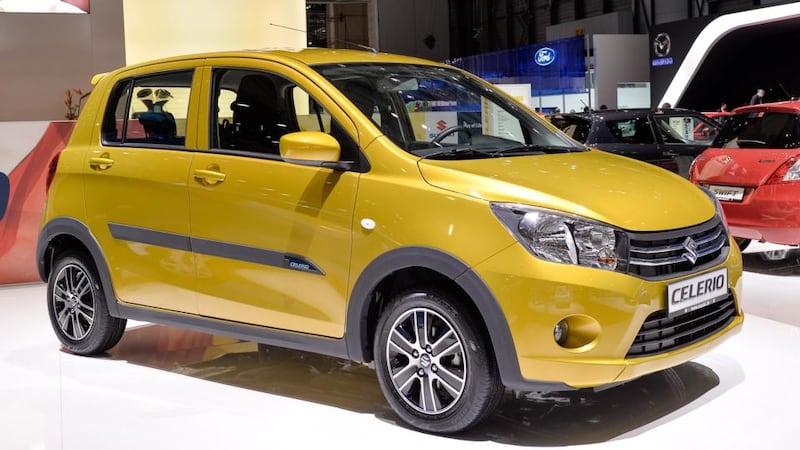
26 Suzuki Celerio
Suzuki will introduce only the new Celerio city car for the balance of this year; it's a super-affordable rival to the likes of the Fiat Panda, Hyundai i10 and Volkswagen Up. Built in Thailand it is a replacement for both the Alto and the slow-selling Splash.
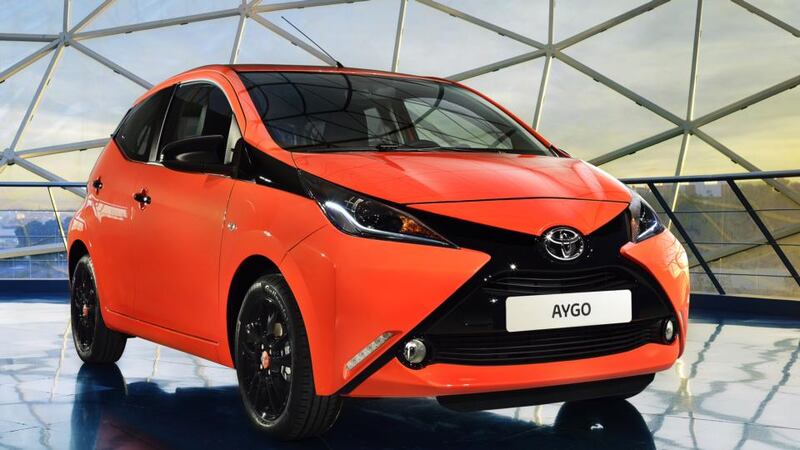
27 Toyota Aygo, Auris, Verso 1.6
Toyota’s all-new Aygo will make its debut later this year, with its distinctive X-shaped face, said to be inspired by characters from Japanese Manga comics.
It’s a groovy-looking small car (once again sharing its underpinnings with the new Peugeot 108 and Citroen C1) and it will use the same three-cylinder, 1.0-litre petrol engine as before, albeit with improved fuel economy, performance and emissions.
The Auris hatchback is also due for an update this year, with few in the way of visual changes, but the word from Toyota is that suspension and steering tweaks will make it much more engaging to drive, with some improvements in the cabin too.
Finally the Verso (arguably the most underrated people carrier on the market) gets a major engine update this year. Previously available only with Toyota’s on 2.0-litre D4D engine, it will now come with a 1.6-litre unit sourced from BMW, the first tangible fruits of a long-developing co-operation agreement between the world’s two most valuable car makers.
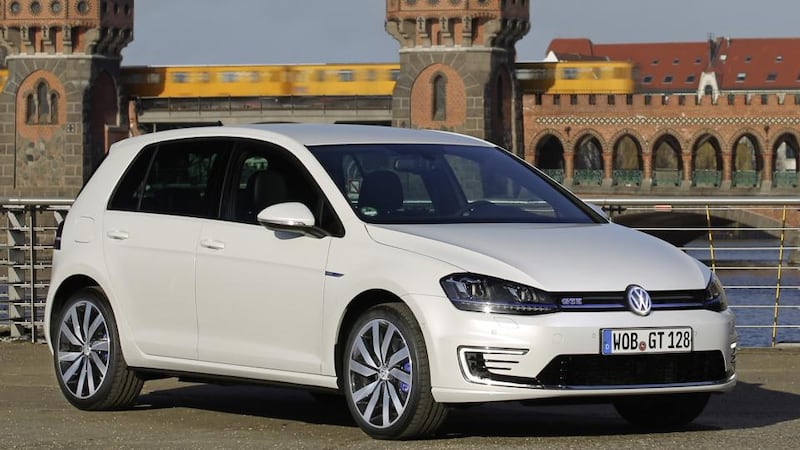
28 Volkswagen Polo, e-Up, e-Golf, Golf GTE
Volkswagen’s launches for the remainder of the year are spilt between the entirely conventional and the enticingly space-age. First up is the updated Polo, with revised styling, turbocharged 1.0-litre engines and an improved cabin.
Then we get into a horde of battery and electric VWs, which could, if successful, represent an entirely new direction for the firm.
The e-Up and e-Golf are relatively conventional as far as electric cars go – lots of batteries, not much range (about 140km for the Up; about 200km for the Golf).
But then there’s the Golf GTE – a new member of the GTI family that uses a 1.4 TSI turbo petrol backed up by a plugin hybrid battery module. So you can have extra power and performance courtesy of the batteries, or charge them up from the mains and trundle around for up to 50km on pure electric power.
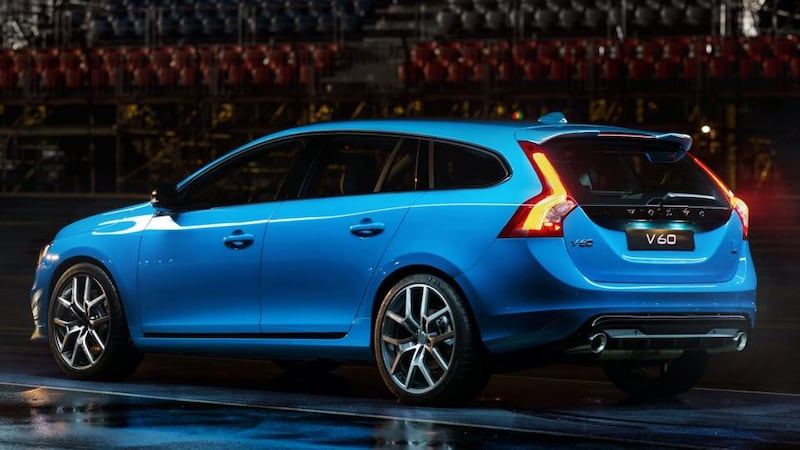
29 Volvo XC90, Polestar
Volvo is gearing up for an onslaught of new models between now and 2017, but for the rest of 2014, only one all-new car will be revealed. But it is a hugely significant one.
Not only does the XC90 replace one of the best-selling Volvos of all time, it does so by debuting Volvo’s new scaleable vehicle architecture, which will underpin all Volvo models from the S60 up from now on.
So far all we have seen of the car is a dim, backlit teaser of the exterior and a full reveal of the gorgeous, leather-filled cabin, but it will have to be a big hit if Volvo’s ambitions are to remain on track.
Volvo is also at last starting to roll out its Polestar range of high-performance vehicles, starting with the V60 Polestar. It’s a 350hp rival to the likes of the Audi S4 and BMW 335i and is being praised for its styling, performance and handling prowess.
30 Performance cars
They may be a minority interest in this country, but if supercars are thin on the ground in Ireland, their influence over the rest of the motoring world is remarkable. So, if you happen to win the Lotto any time soon, you could consider strapping a 142-plate to the front of a Lamborghini Huracan (four-wheel-drive, 610hp, atomic doorstop styling in the Lambo tradition), a Ferrari California T (restyled, now turbocharged and with lower emissions) or a McLaren 650S (sharper styled replacement for the MP4-12C).
McLaren is also rumoured to be readying an even more bonkers, track-focused version of its staggeringly fast P1 hybrid supercar, while at the slightly more affordable end of things, Maserati is working on a mid-engined, V6 sports car to rival the Porsche 911, based on the Alfieri concept seen at this year's Geneva motor show.
Aston Martin has a new saloon in the works, possibly badged as a Lagonda and probably using a Mercedes-AMG V8 engine.
Read part one of this series here